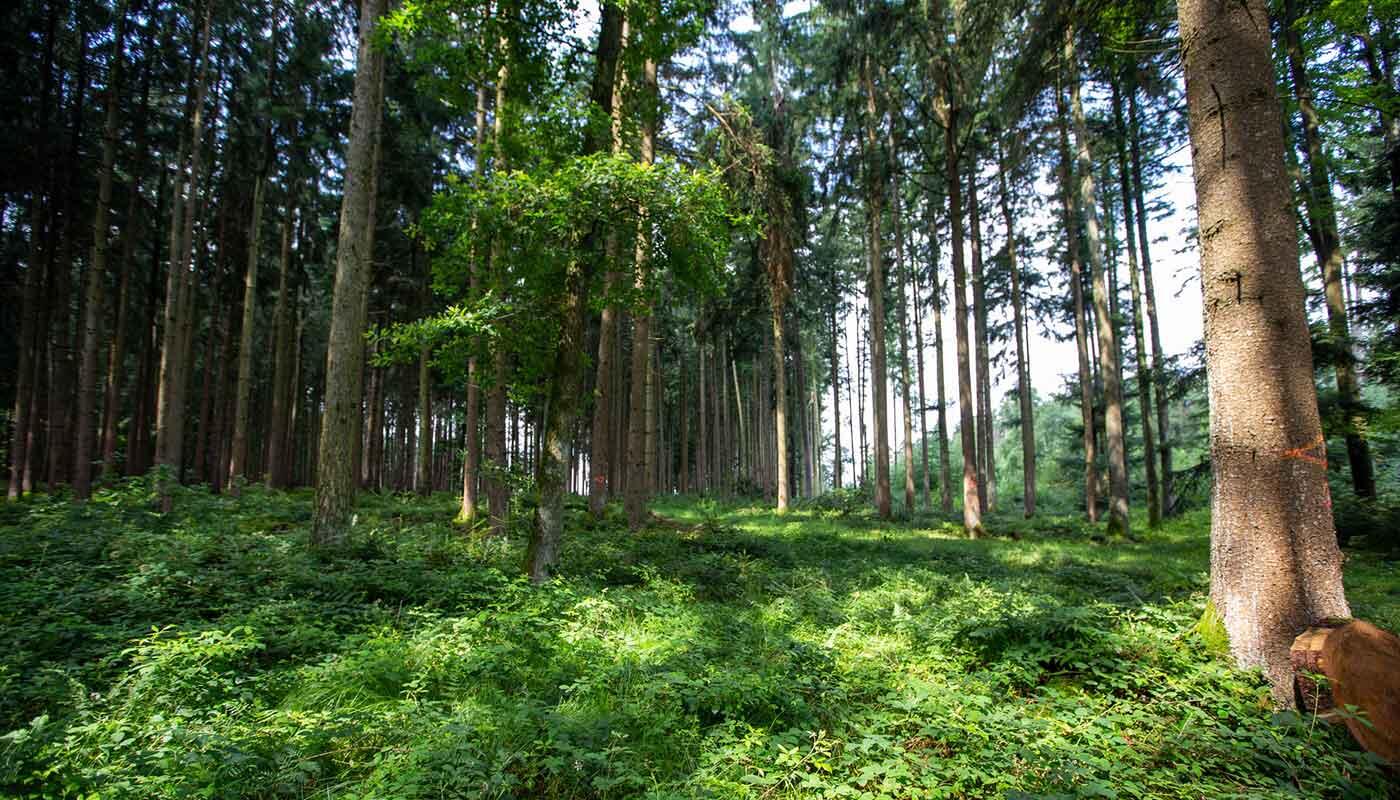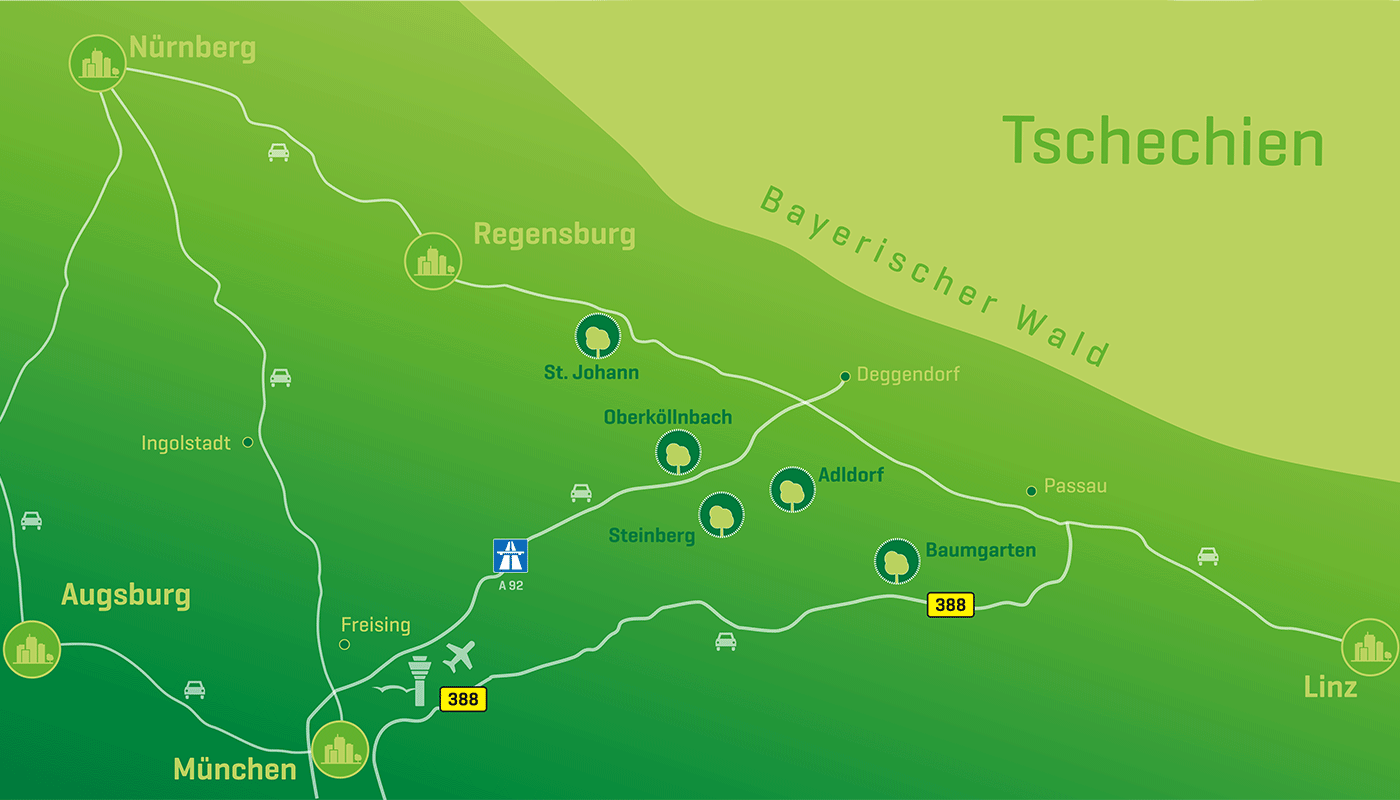What about the remaining 10% of carbon emissions?
Removing CO2 from the atmosphere is called “Carbon Dioxide Removal” (CDR). Research into various methods for achieving CDR is currently taking place around the world. . Examples could be the rewetting of moors, humus creation in agriculture or suitable systems for filtering and storing CO2 (so-called direct air capture and storage - DACCS).








